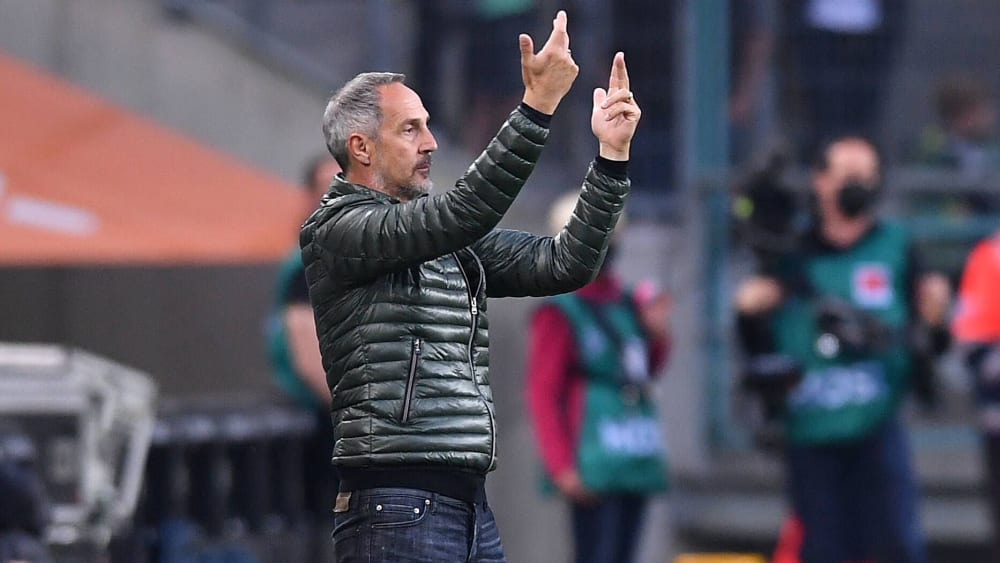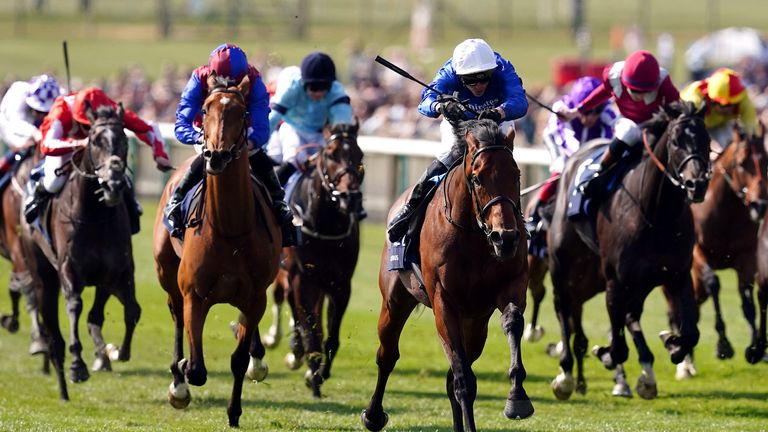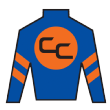Für Gladbachs Trainer steht die persönliche Rückkehr nach Frankfurt nicht im Vordergrund. Beim Vergleich mit dem Europa-League-Finalisten fallen zwar einige Spieler aus, Adi Hütter strebt nichtsdestotrotz zwei Siege zum Saisonabschluss und einen einstelligen Tabellenplatz an.

Muss einige Veränderungen vornehmen: Adi Hütters Mannschaft ist gegen Frankfurt stark ausgedünnt.
IMAGO/Revierfoto
Das Halbfinale in der Europa League am Donnerstagabend nutzte Adi Hütter natürlich zum Besuch bei seinem Ex-Klub. Rund um seine Trennung von Eintracht Frankfurt habe er nicht gerade ideal reagiert, gibt Borussias Trainer zu.
Über die persönliche Einladung zum Halbfinale der Eintracht gegen West Ham hatte sich der Gladbacher Coach “wahnsinnig gefreut”, wie Hütter am Freitag erzählte. Er nutzte die Reise nach Frankfurt natürlich nicht nur zur Beobachtung des kommenden Gegners, sondern auch, um persönlich einige Dinge gerade zu rücken.
Einige Aussagen waren nicht richtig
Im Gespräch mit Eintracht-Vorstand Axel Hellmann räumte Hütter ein, es habe “einige Aussagen gegeben, die ich bereue”. Zum Beispiel hatte Hütter gesagt, mit dem Wechsel von Frankfurt nach Mönchengladbach ändere sich “nur die Farbe. Das war natürlich nicht richtig, umso besser war es, mal ein paar Dinge gerade zu rücken. Es lag wohl auch daran, dass das Nervenkostüm derzeit angekratzt war”, so der Fußball-Lehrer.
Den Abgang von der Eintracht, so Hütter selbstkritisch, “das hätte man besser lösen können.” Bei seinem Besuch am Donnerstagabend habe er nur positive Stimmen vernommen, weiß aber auch: “Fans sind da sicher anders” – insofern stellt er sich für Sonntag wohl auch eher auf einen frostigen Empfang ein.
Bundesliga, 33. Spieltag
Gleichzeitig betont er, dass nicht seine persönliche Rückkehr nach Frankfurt im Mittelpunkt stehe, sondern eben der Vergleich seines aktuellen Teams mit dem Europa-League-Finalisten, der nach dem Einzug ins Finale natürlich mit breiter Brust in die Bundesliga-Partie gehen wird.
Es ist ja klar, meine Ex-Klubs haben nach wie vor einen Platz in meinem Herzen.
Adi Hütter
“Es ist ziemlich schwer einzuschätzen, wie sich die Mannschaft präsentieren wird”, gibt Hütter zu. “Möglicherweise wird Oliver Glasner rotieren, nicht ausgeschlossen aber auch, dass er seine Mannschaft im Rhythmus lassen will.” Wie auch immer, in der Nacht jedenfalls hatte er noch seinem Kollegen Glasner und auch Torhüter Kevin Trapp zum Erfolg gratuliert. “Es ist ja klar, meine Ex-Klubs haben nach wie vor einen Platz in meinem Herzen.”
Mit der Borussia ist vor allem die Frage zu klären, wie Hütter sein Mittelfeld am Sonntag besetzt. Manu Koné fehlt nach der zehnten Gelben Karte; auch Christoph Kramer, so Hütter, ist kein Thema. Der Weltmeister hatte auch am Freitag nicht trainiert.
Einstelliger Tabellenplatz ist das Ziel
In welcher Besetzung auch immer, für die Fohlen geht es im letzten Auswärtsspiel auch darum, sich in eine gute Position zu bringen, um am Ende noch einen Platz in der oberen Tabellenhälfte zu ergattern und damit die von Max Eberl stets gepredigte “Einstelligkeit” sicherzustellen. “Klar”, so Hütter, “dass wir gegen Frankfurt und dann gegen Hoffenheim zwei Siege anstreben, um am Ende einstellig zu sein.”























